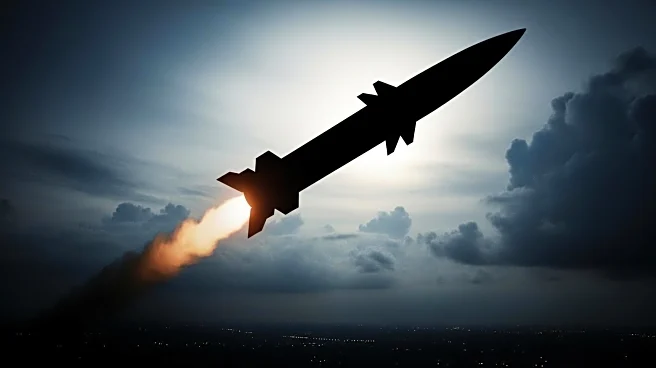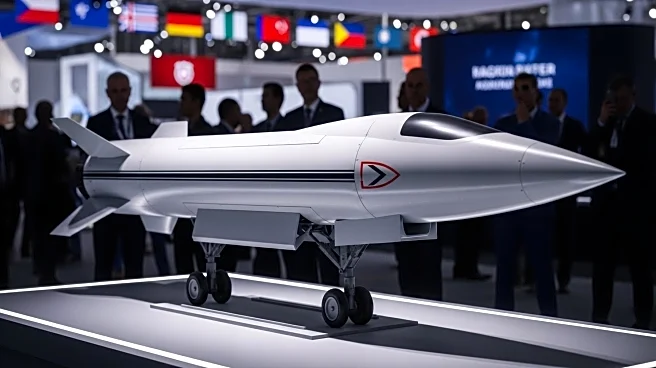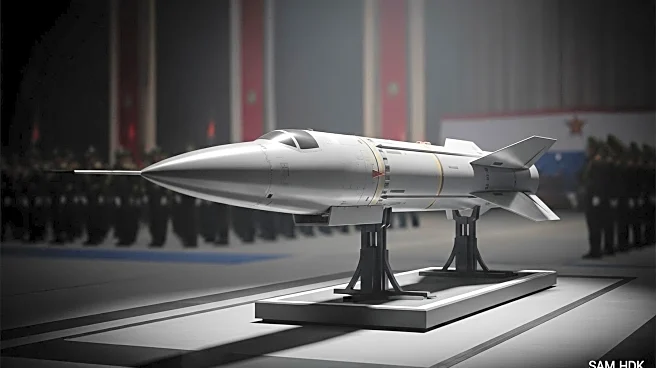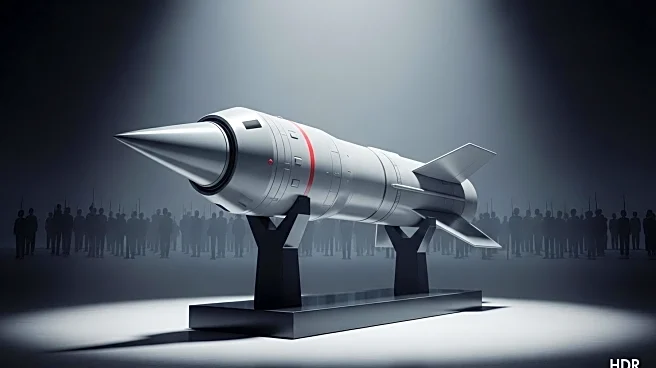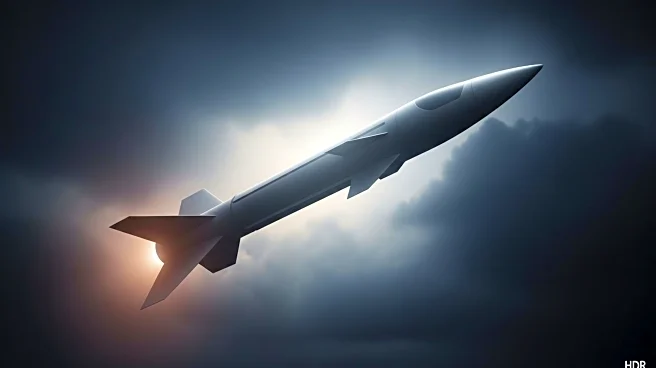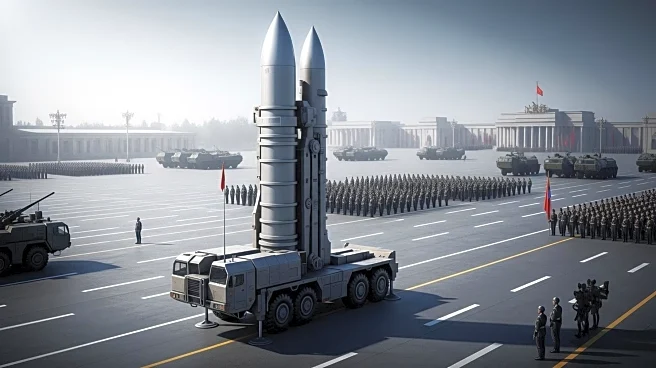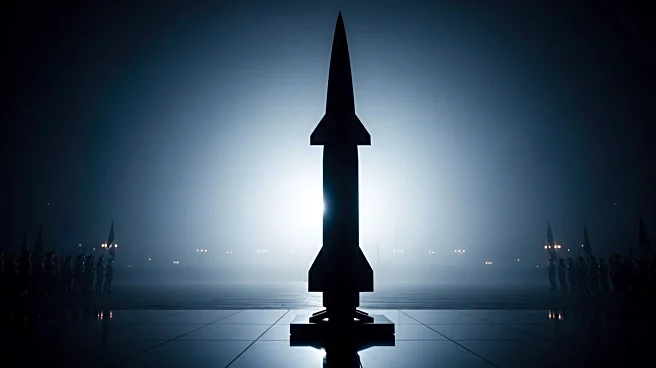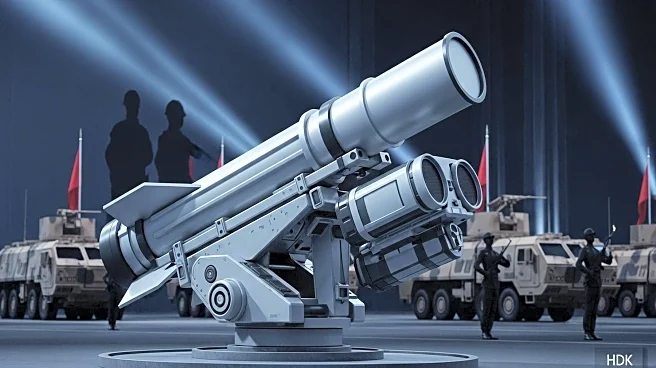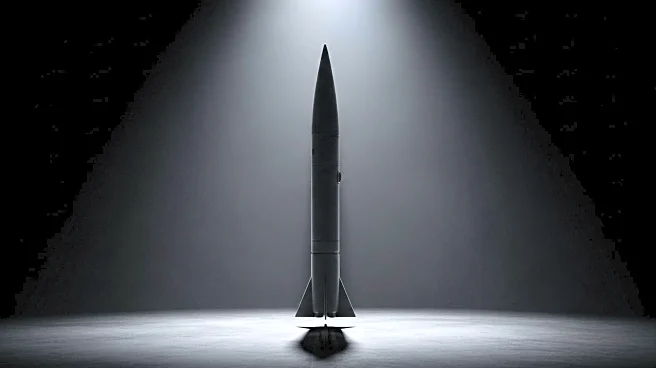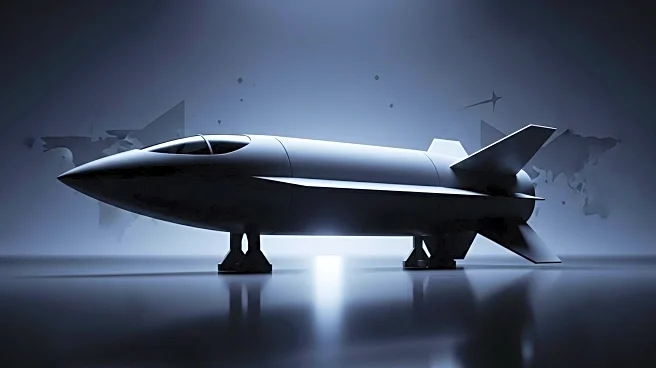What's Happening?
During a rain-soaked military parade in Pyongyang, North Korea showcased a new solid-fuel intercontinental ballistic missile (ICBM), the Hwasong-20. This missile, described as the country's 'most powerful nuclear strategic weapon system,' was displayed as part of celebrations for the 80th anniversary of the ruling Workers' Party of Korea. The missile has not yet been tested, but its introduction signals North Korea's ongoing efforts to enhance its nuclear capabilities.
Why It's Important?
The display of the Hwasong-20 ICBM represents a significant development in North Korea's military strategy, potentially altering the balance of power in the region. The introduction of advanced missile technology could lead to increased tensions with neighboring countries and the United States, which have long been concerned about North Korea's nuclear ambitions. This development may prompt international calls for renewed diplomatic efforts to address the threat and prevent further escalation.
What's Next?
The international community may respond with diplomatic initiatives aimed at curbing North Korea's nuclear program. There could be discussions on imposing additional sanctions or engaging in negotiations to prevent further advancements in North Korea's missile capabilities. Regional security strategies may be reassessed to address the potential threat, leading to increased military preparedness and cooperation among affected nations.
Beyond the Headlines
The unveiling of new missile technology by North Korea raises questions about the effectiveness of international non-proliferation efforts and the challenges of enforcing global security agreements. It also highlights the ethical implications of nuclear proliferation and the responsibilities of nuclear-armed states in maintaining global peace and security.
